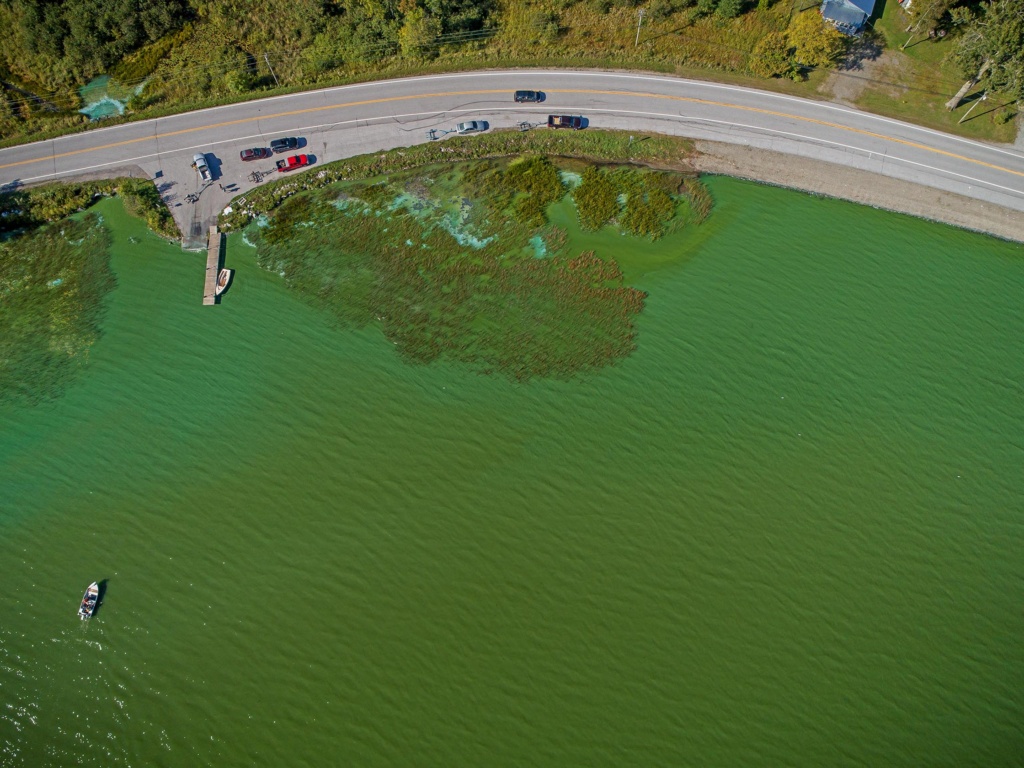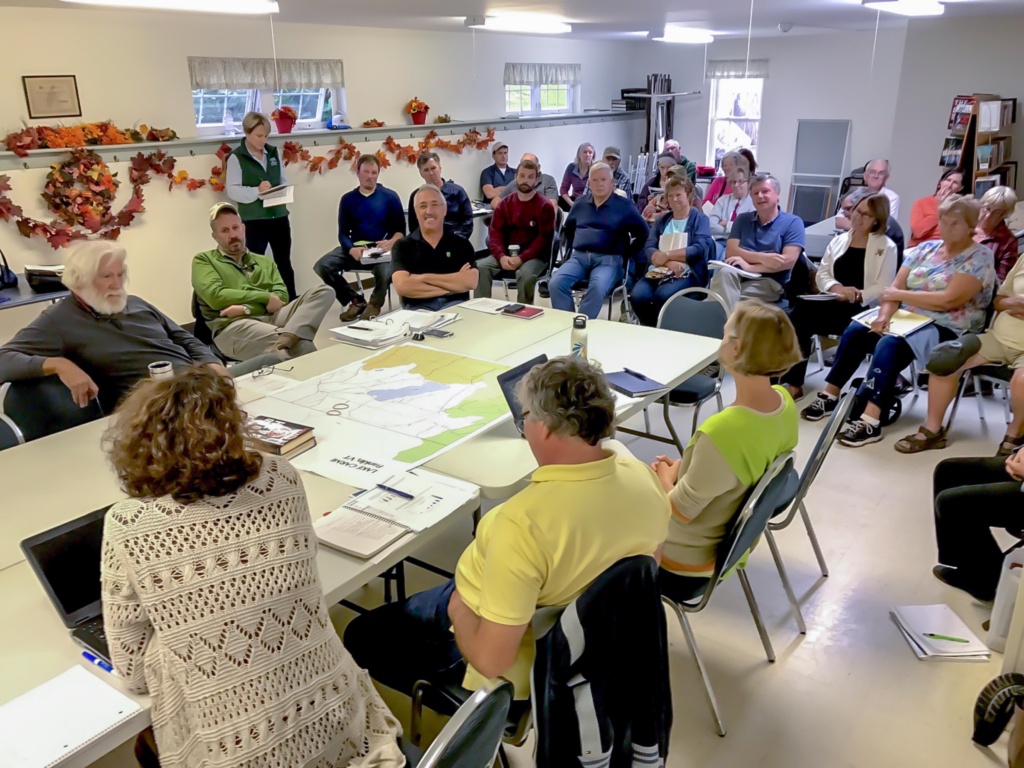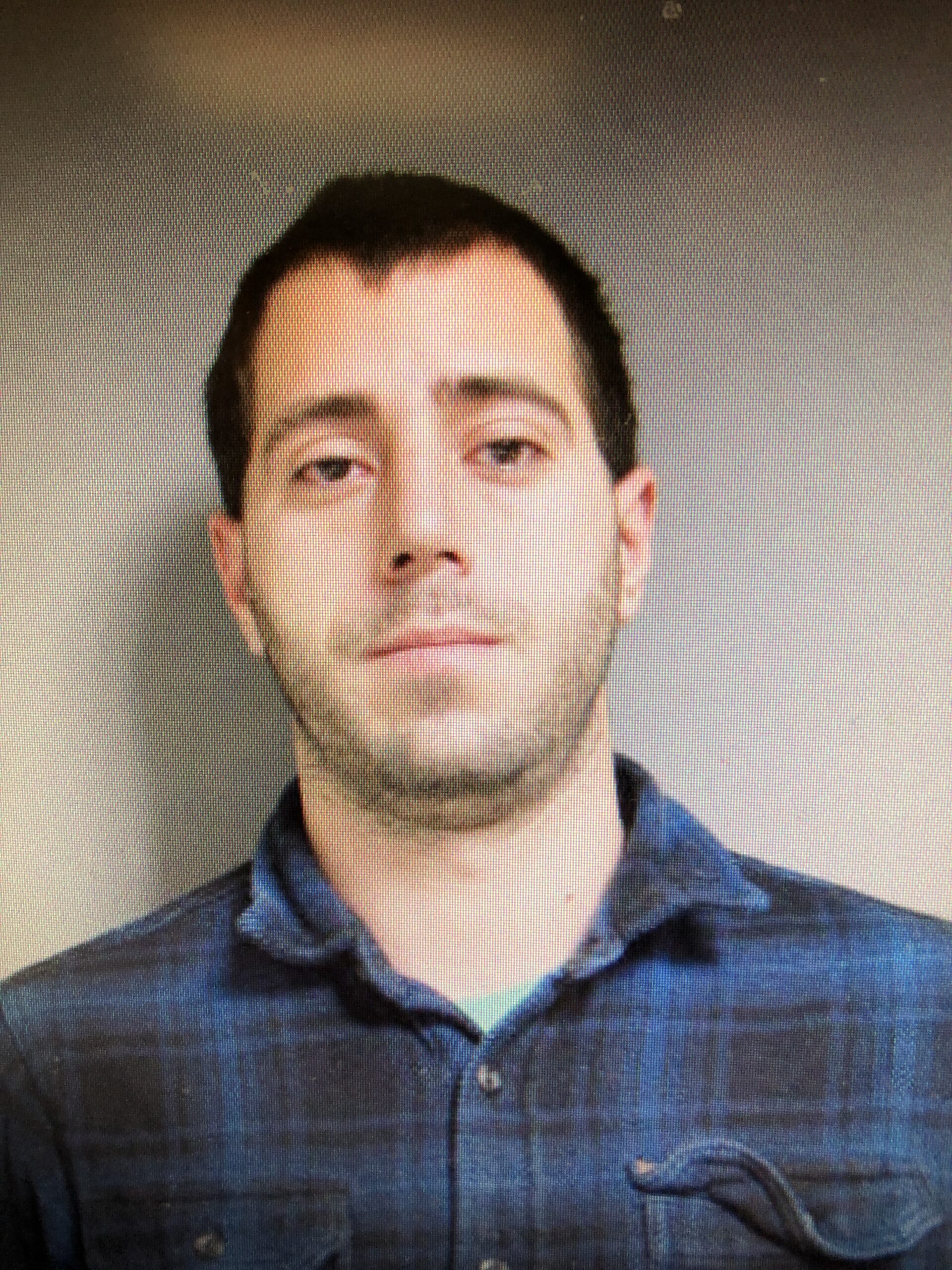TEMPERS FLARE AT LAKE CARMI WATERSHED MEETING
By Gregory J. Lamoureux
County Courier
FRANKLIN: Dozens of concerned citizens came out to a meeting in Franklin Thursday evening, hoping to begin the process of cleaning up Lake Carmi once and for all but Emily Boedecker, Commissioner for the Vermont Department of Environmental Conservation, could offer little more than an ear to listen and a commitment to action in the coming months.
Tempers flew when, about three-quarters of the way through the meeting, a resident brought up the topic of area farms.
“You’ve mentioned roads 74 times, I’ve counted, but not once have you said the words dairy farming,” one resident said passionately.
[bar group=”86″]
The topic of the meeting was supposed to be ways the state could work with the local municipality to reduce stormwater runoff that ultimately ends up in Lake Carmi.
Attempting to keep the meeting civilized, Peter Benevento, acting as moderator, tried to steer the conversation back to the designated topic of roads, but with a crowd that would make a Jerry Springer show look boring, the conversation continued to heat up.
The majority of the crowd wanted to discuss what they saw as the elephant in the room, industrial dairy operations.
Research into the phosphorous contamination into the lake has indicated that just 3% of the contamination of the lake originates as stormwater runoff- attributed to roads, all roads, not just municipal roads, of which the state has control.

That is in sheer contrast to the almost 80% that is attributed to area agriculture, and the affects of working the land for farming. The meeting comes about two months after a major blue-green algae bloom has all but shut down the activities in and around Lake Carmi. Those blooms are attributed to the phosphorous that has accumulated in Lake Carmi for decades.
When a representative from the Department of Agriculture began taking questions from the crowd, one resident stood up with a map from Google and asked if it was okay for a farmer to spread manure a few hundred feet from the north end boat launch and the Alder Run tributary.
[bar group=”86″]
The representative could only say that the agency would look into any reports of violations.
That answer was too soft for the crowd, insisting that the phosphorous runoff from farms needs to stop.
“When is there going to be a moratorium on spreading manure in this watershed?” asked Rob Cormier.
“We don’t have the authority to do that,” replied the representative from the Department of Agriculture.
“That’s the problem, you guys are trying to be policemen (for clean water), and promote dairy in Vermont- all at the same time,” said Cormier.
“In a time like this, it’s extremely sensitive to see a manure truck directly across from the boat launch and it’s spreading,” said Cormier.

With few solutions for change, the state is moving towards an option of installing aerators in the northeastern quarter of the lake, where the algae blooms are the most prevalent.
Jared Willey spoke about his research on the topic of aerators, and why he believes it’s the best option for the lake at this point. Willey recently traveled to Lake Eau Claire, in Wisconsin, to take a closer look at the technology that could help.
[bar group=”86″]
Willey said the lake in Wisconsin saw similar instances of blue-green algae blooms until they installed an aeration system three years ago. According to Willey, that has prevented any additional blooms from happening there.
“This is a system that has to be very carefully engineered,” Willey said, “It can’t be thrown in willy-nilly.”
According to Commissioner Boedecker, who presented the option Thursday evening, an aeration system is expected to cost $250,000. Of that, about 20% has already been allocated in this year’s budget, allowing the state to move forward, and get the ball rolling.

Cormier vehemently disagreed with the analysis and information that Willey presented.
“That lake was man made in 1937,” according to Cormier, “and because it has a significant water flow the algae continues to flow downstream before it has a chance to bloom. The state has said it takes Lake Carmi two years for the water to fully turn over.”
Cormier also said that Wisconsin stopped the flow of phosphorous into the lake by filtering out the material on the inlet of the lake using marshes and wetlands.
Cormier said he believes the aeration projects in Wisconsin are only working because there are other things that are being done to take care of the problem.
“This is an American study, you have to stop the sources,” Cormier said as he held up a stack of papers. “You have to stop the flow of nutrients; what we are doing right now is not working.”
“Remember this,” Cormier stressed, talking to state officials as the meeting drew to an end, “Deeds, not words. Deeds, not words. Put a pen in (your) hand and start doing something.”
[bar group=”86″]








